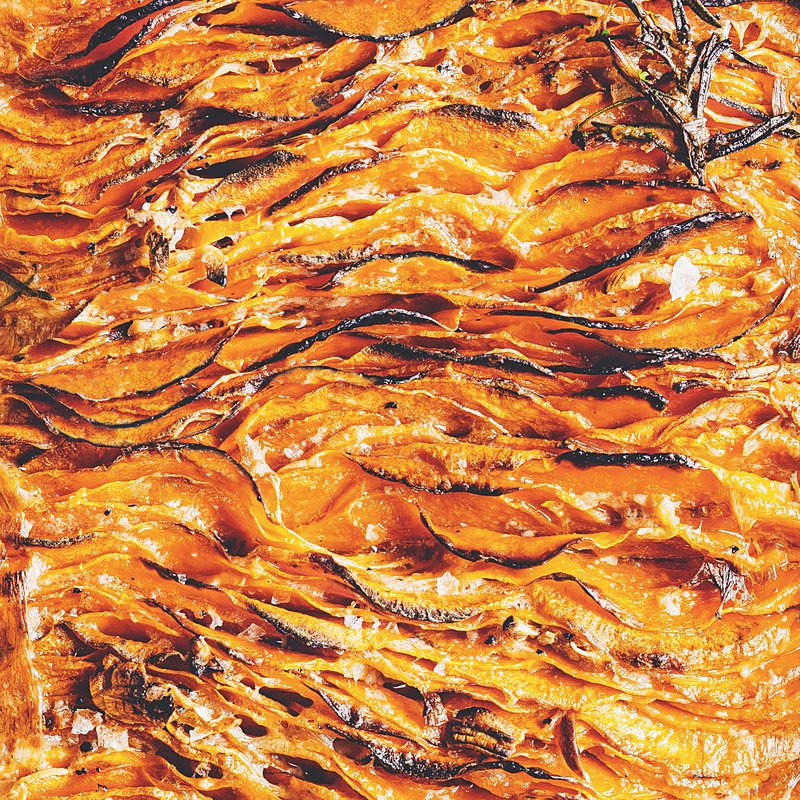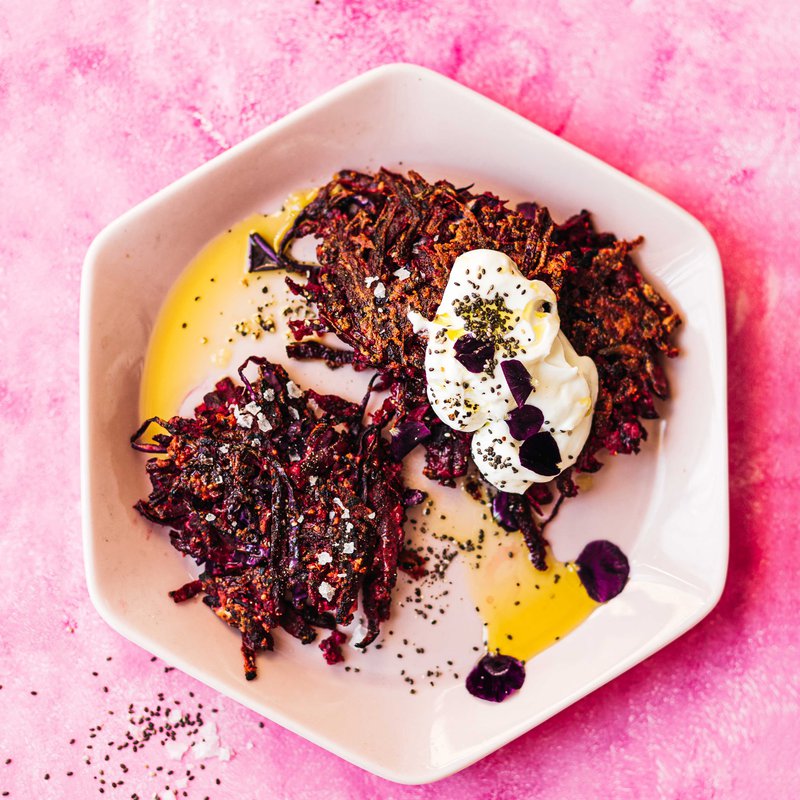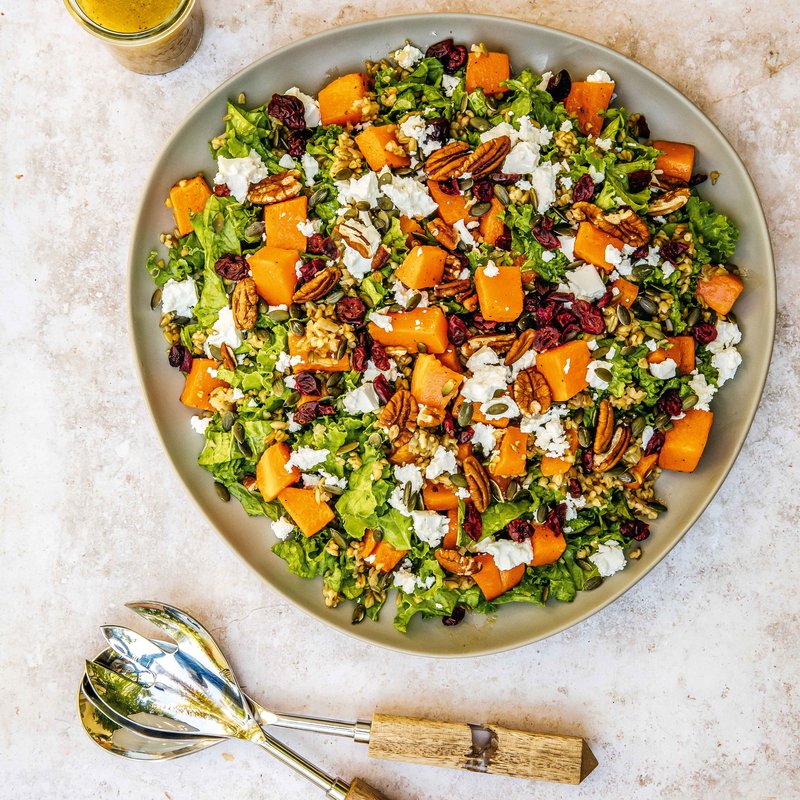February is the time of year when gloriously hardy root vegetables come into their own. Grown underground, these stalwarts of the vegetable aisle are loaded with nutrients and vitamins. Root veg such as beetroot, swede, sweet potato, carrots and parsnips are not only tasty, but also versatile. Whether you roast them, make them into a soup, add them to a stir fry or mash them for a delicious side dish, root vegetables always provide flavour, texture and a filling dose of carbohydrates.
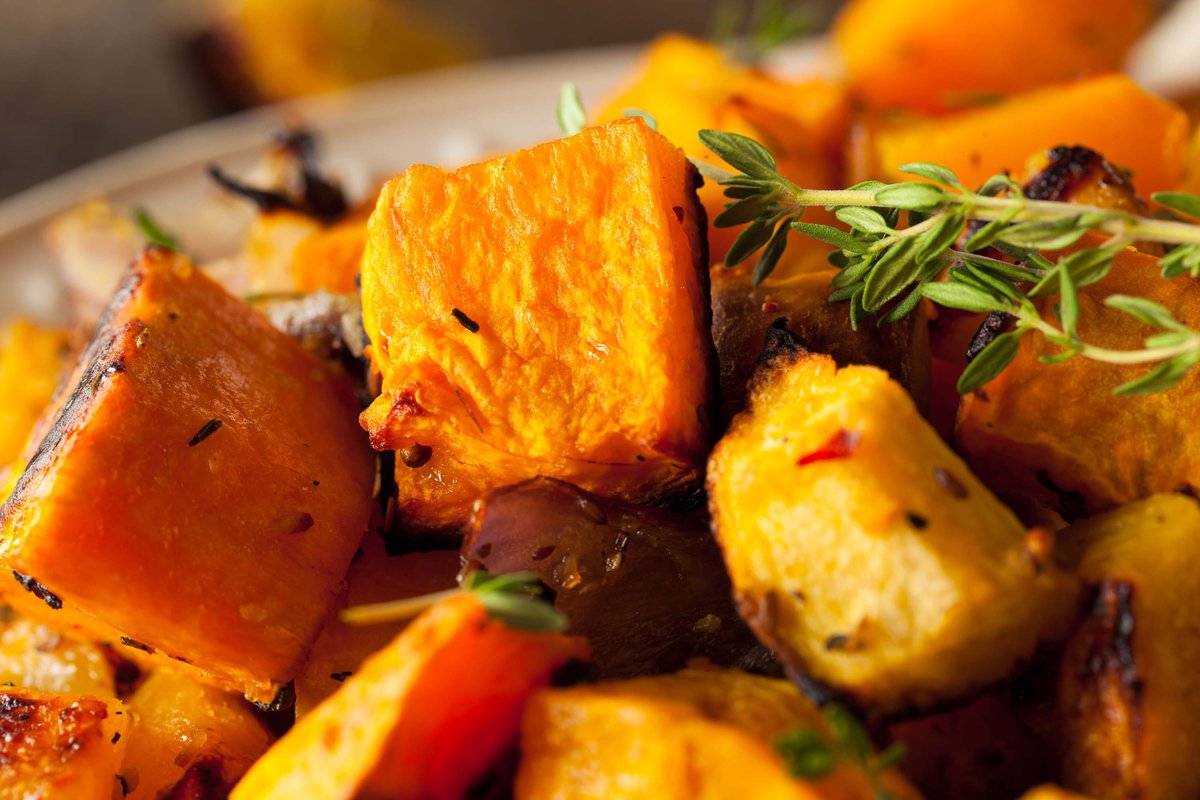
As our ancestors found years ago during harsh winters, one key advantage of root vegetables is that they are able to be stored for long periods thanks to their hardy nature. Squash comes in several varieties, from gem to butternut to pumpkin and is perhaps the toughest of the root veg club. When cubed and roasted with olive oil and a sprinkling of dried rosemary, squash provides a colourful side dish with natural sweetness.
Sweet potatoes also have an inherently sweet taste and are a source of vitamins A and C that help boost immunity while also helping to control blood sugar levels.
Often eaten pickled in jars, beetroot is well worth considering in its straight-from-the-ground form and works nicely when tightly wrapped in foil packets and roasted. High in fibre, beetroot looks after your heart health while its beautiful purple colour adds vibrancy to your plate.

Contrasting with the purple beet is the orange carrot, a brilliantly versatile root vegetable. When cut into batons and served raw with hummus, carrots are a hugely popular lunchbox snack for children. Roasted with a drizzle of honey, combined with coriander in a soup, or shredded for salads and stir-fries – carrots work in many different ways while providing vitamins A and K, beta-carotene plus cholesterol-lowering properties.
Carrots are a clever alternative to potato chips – just cut them into fries and roast them with a dusting of paprika; sweet potato and parsnips also lend themselves well to this cooking method. Swede, meanwhile, is tailor made for mashing, especially when partnered with carrot – and a knob of butter of course. Celeriac may not be the prettiest of the root vegetable family but this gnarled, round bulb of the celery plant is abundant with flavour and can also be mashed or shredded finely and added to salads. Bone health can be aided by celeriac and its stores of vitamin C and K. And how can we forget the king of the root veg kingdom, the potato. Filling, hugely versatile and full of fibre, its many types can be cooked in so many ways, none more popular than the ubiquitous chip.
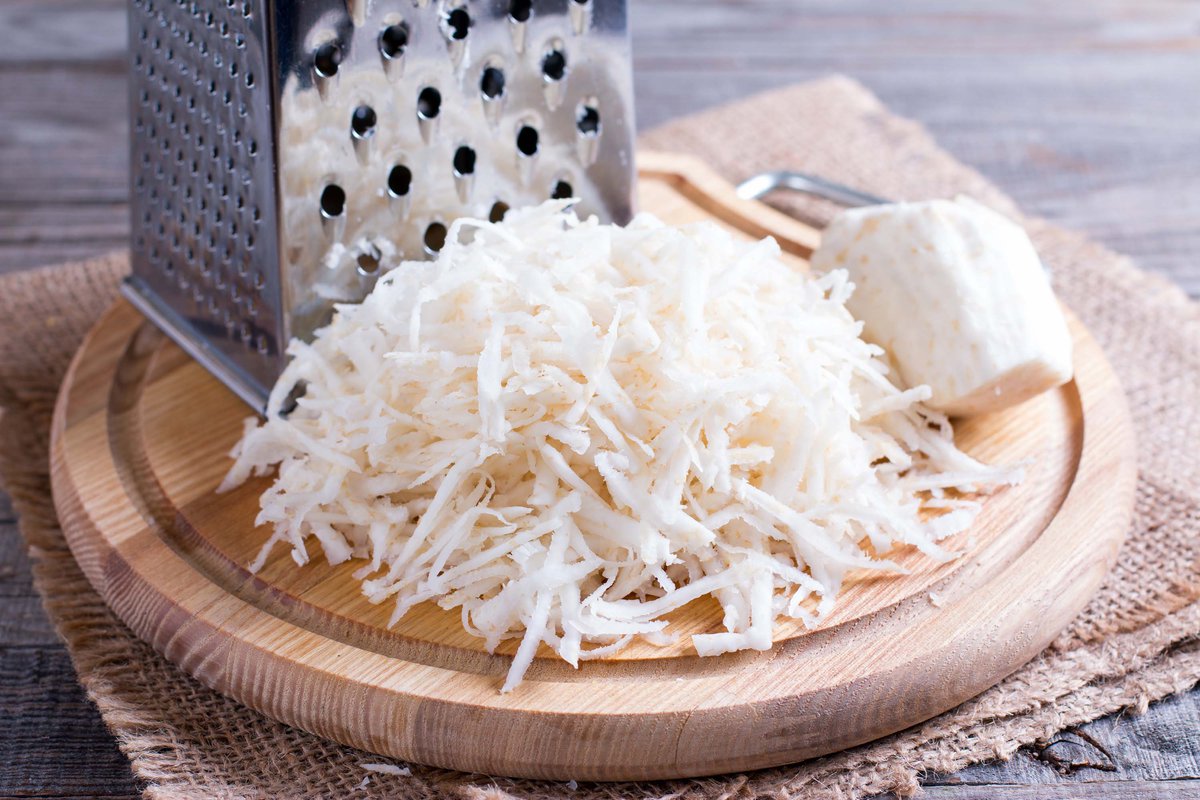
One last mention must go to the leek. A cousin of the onion – another root vegetable powerhouse – the leek and its mild taste works well in risottos and soups and pairs well with melted cheese. More delicate in appearance than the root vegetables mentioned above, the leek is another hardy member of this always-reliable vegetable family.

